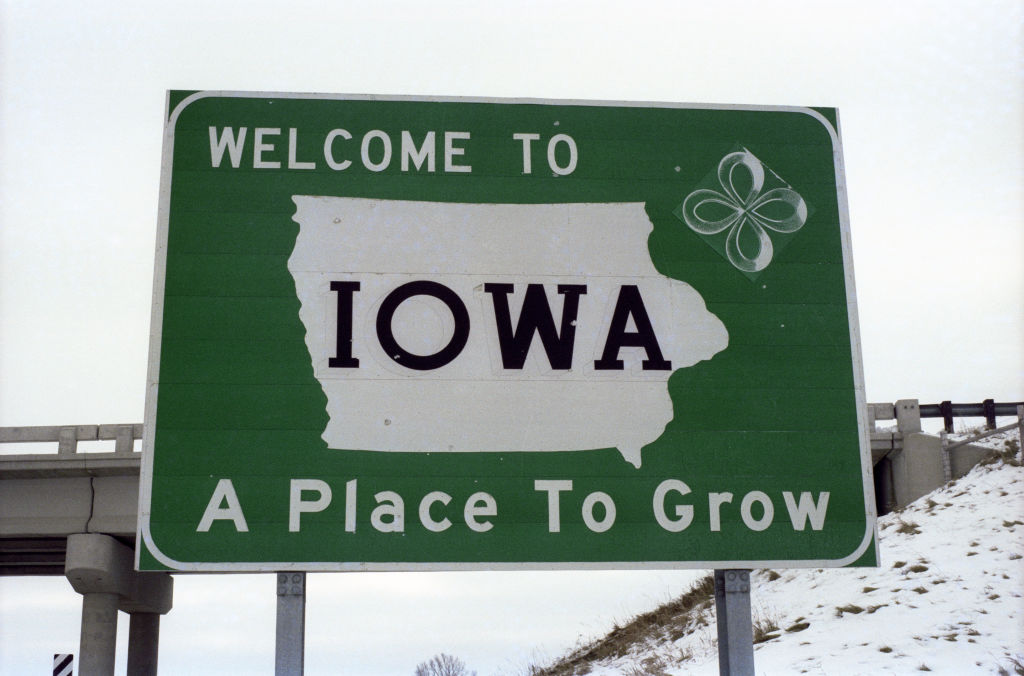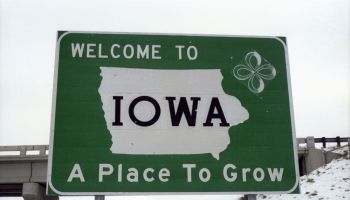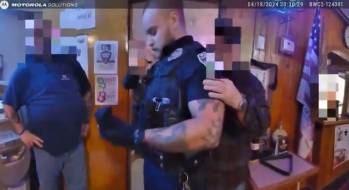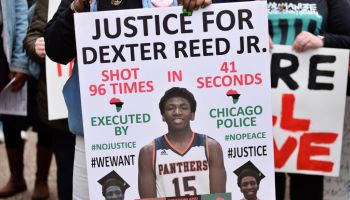President Barack Obama‘s “Year Of Action” plans have been part of an aggressive push by the administration not to fall into lame-duck status. My Brother’s Keeper, an initiative aimed at promoting the success of young men of color, was launched in February. On Friday, the Presidential Task Force for My Brother’s Keeper has unveiled a report compiled by suggestions and input from a variety of community leaders, government officials, and other individuals.
SEE ALSO: Black Orgs Face Hurdles In Getting My Brother’s Keeper Grants
The Task Force’s 60-page report is replete with facts, figures, and personal accounts of those who are the target area for My Brother’s Keeper. NewsOne was present for a media call held Thursday, regarding My Brother’s Keeper. Valerie Jarrett, White House senior adviser; Cecilia Muñoz, White House director of Domestic Policy; and Broderick Johnson, White House cabinet secretary and chair of the My Brother’s Keeper Task Force, presented the aims of the report during this media event.
Like many of societal problems in America, poverty and broken families is evident among the groups that the initiative hopes to assist. Just a little more than 25 percent of Blacks, 27 percent of American Indian and Alaska Natives, and 23 percent of Hispanics live in poverty compared to just 11.6 percent of Whites. More than two-thirds of Black children live with one parent compared to one-third of Hispanic children.
Not surprisingly, these factors can block the success of young children and increase school dropout rates.
As mentioned in yesterday’s media call, the President is reaching out to business, community, and faith-based leaders to serve as mentors in the My Brother’s Keeper program as a pathway for success for young men to follow. In addition, the Task Force has identified six key areas that will aim to cover a wide set of issues going forward and inform the growing list of recommendations:
1. Getting a healthy start and entering school ready to learn;
2. Reading by third grade;
3. Graduating from high school ready for college and career;
4. Completing post-secondary education or training;
5. Entering the workforce;
6. Keeping kids on track and giving them second chances.
Learn more about President Obama’s My Brother’s Keeper program here, and read the fact sheet and the Presidential Task Force’s report here.
SEE ALSO: Withdrawal: Obama Charts End To Afghan War By 2016
























